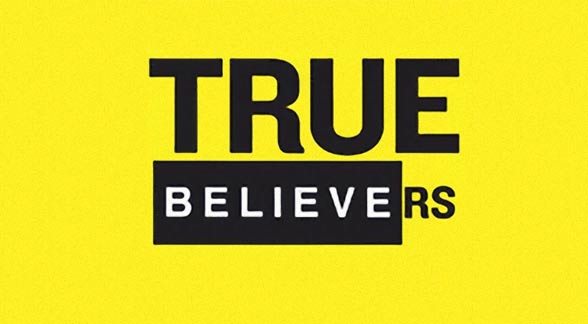No Change Equals Better Sound
Gary Leonard Koh is a principal at Genesis Advanced Technologies and a member of the true believers in the analog merits of digital audio. My recent discussion of replicated CDs vs. duplicated Gold CD-Rs resulted in a link to his 2010 paper titled “The Black CD White Paper”. You can check it out by clicking here.
The paper is a tutorial on how to make your own CDs sound better by making a physical copy of it for playback on a CD transport. He acknowledges that the “digital information on the CD” is not modified but the resulting CD will sound better than the original. Hogwash.
His conclusions are once again not based on scientific analysis or technical rigor but on the feedback he’s received during demonstrations. “The vast majority of listeners have regarded this difference as a big improvement in musicality and/or sonority.”
I applaud Gary for not hiding behind a curtain of secrets. He lays out the recipe for “better sounding” CD copies in the paper.
First you’re going to need to find and purchase some high quality recordable CDs. Gary originally endorsed a type of CD-R called the “Melody” Black CD. He claimed these “sounded the most musical and ‘analog’. Unfortunately, the only lasted about 3 weeks…not the best investment in media. Perhaps he…and others using the same CD-R blanks should have transferred the “analog” magic produced by those special discs right onto a hard drive or solid state drive before the mojo leaked away.
Gary was forced to abandon the Black CD-Rs in favor of Gold CD-R “Digital Audio” 74 minute media from a company in Colorado. These will set you back about $125 for 50 discs. But you should feel good that they will last for more than 300 years. Yep, that’s one of the bullet points on the website. I know I won’t be around to check up on this claim, but does any really believe that we’ll still be playing CD in 300 years…or even 30 years. How about 3 years?
The Colorado company also produces a silver variety of CD-R that is more, “accurate, dynamic and transparent.”
The second step in the process is to secure the best source. After all you can’t make good copies of crappy sources. The original music CD needs to have the digital information extracted from the replicated disc. exactly copied from the source even if it takes repeated passes over the same section of the CD. This is what Exact Audio Copy does. It’s a free software application that will produce an “error-free digital copy”. I like the sound of that.
This step copies the CD to a hard drive or SSD, which is the best format to tuck the WAV files that EAC extracts from the source disc.
Gary continues with advice on using a dedicated computer with the best burner you can get your hands on and to make sure and clean the discs with plastic cleaner prior to burning your “improved” copies.
There you have it. The recipe for creating CD-Rs that Gary claims will be “dramatically” better than your replicated CDs. This paper was written about 5 years ago. Perhaps his recommendations have changed now that you can purchase a 32-gig USB memory stick for less than $25.


I just rip the CDS to my SSD. Keep the discs as backups. All I will ever need. Maybe if I use one of those green pens on my SSD I will improve things further. Maybe if I freeze the CD-R first. Oh, never mind!